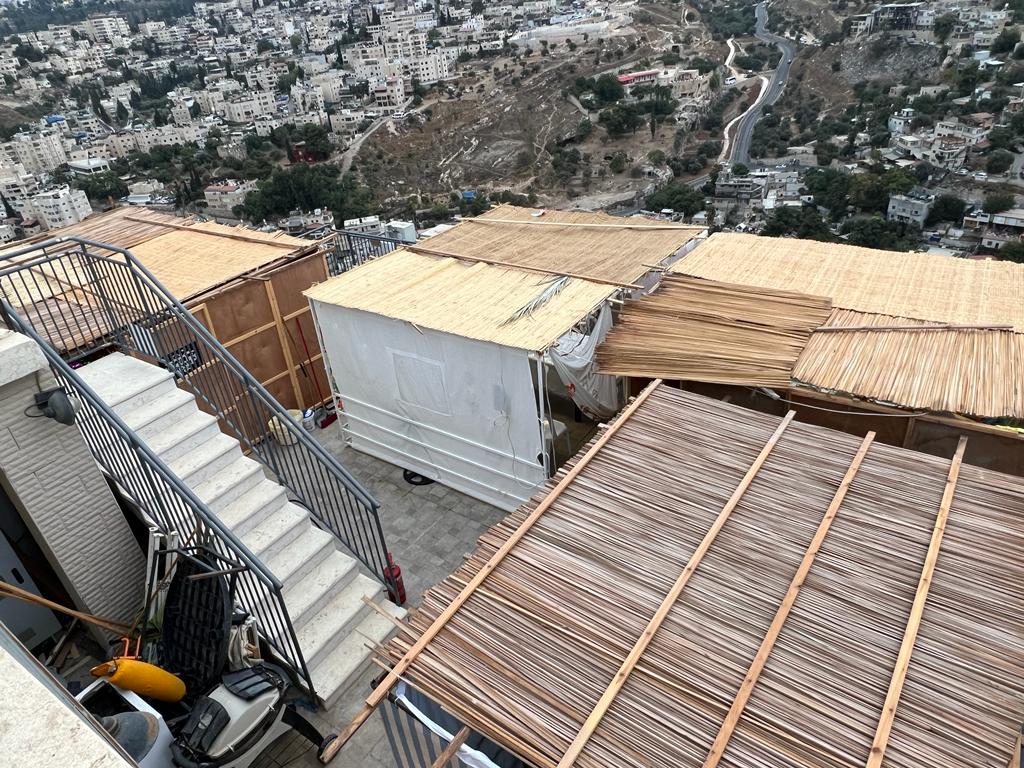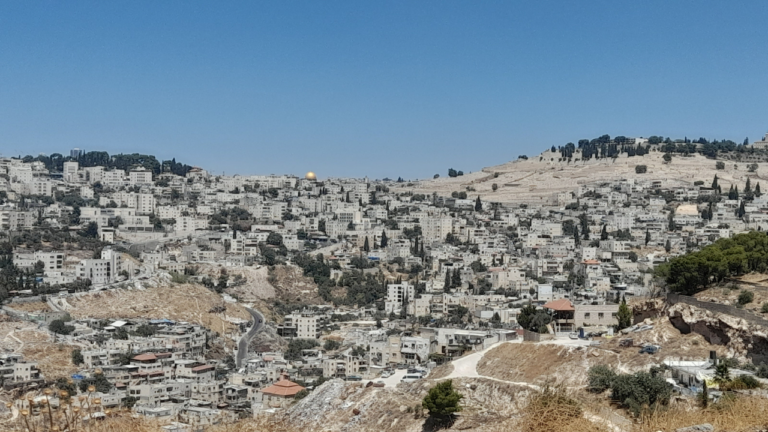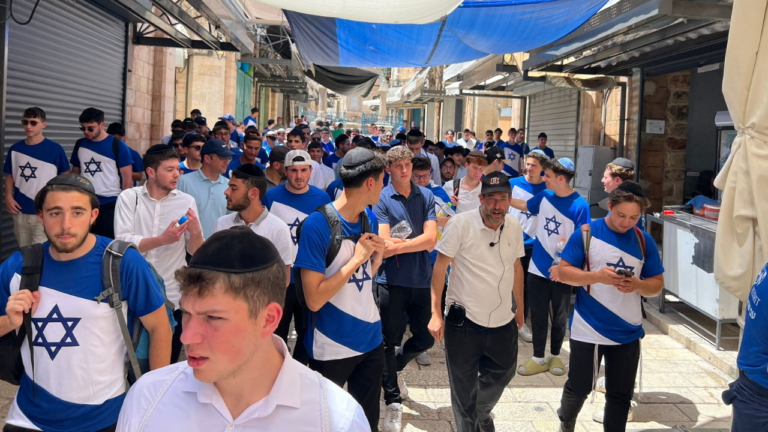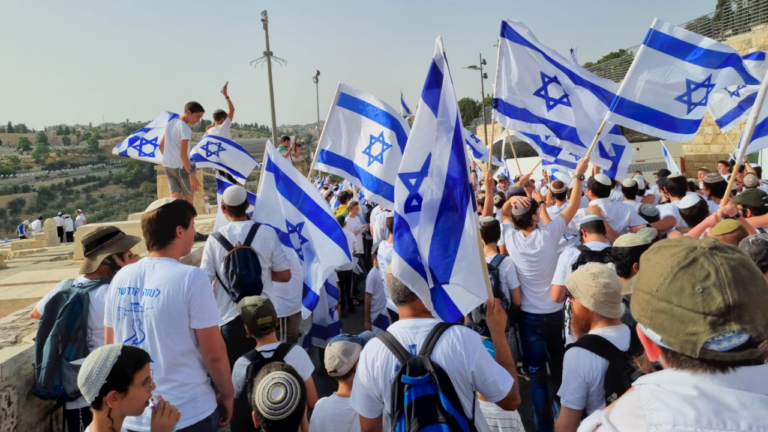Jerusalem: The Sukkah of Peace
Every day, when praying tefilat Arvit, we recite the blessing of hashkiveinu, asking Hashem to safeguard us from all kinds of harm. In this beracha, we request that Hashem spread His sukkat shlomecha, His canopy of peace, upon us. While our liturgy is filled with references to this concept of the sukkah shel shalom, the meaning of this phrase is elusive. Sometimes, it references the Beit HaMikdash standing in Jerusalem (such as in the Hoshanot prayer of Even Shitiya), while in others it seems to reference the peaceful canopy of Shabbat (see Taz to Orakh Haim 267:1). What is the connection between Jerusalem, Shabbat, and peace? And why is the metaphor of a sukkah appropriate to capture this connection?
Rav Eliyahu Dessler (second volume of Michtav Mei’Eliyahu, page 106) explains that the mitzvah of sukkah serves as a poignant reminder of what ultimately has value in life. We remove ourselves from our comfortable and lavish homes and relocate into a hut comprised of the humble leftovers from the harvest in the field. The sukkah must be a dirat a’rai, definitionally a temporary structure that won’t withstand the test of time. Especially after experiencing the Days of Awe, we recognize that there is no permanence or substance to the ephemeral pursuits of this world. We realize that true comfort and permanence is only found in the embrace of HaKadosh Barukh Hu. The sukkah represents this divine embrace. The flimsy structure doesn’t physically protect us from harsh elements and intruders. We simply rely on Hashem’s divine protection, much as our ancestors did as they wandered in the desert after leaving the servitude of Egypt.
It isn’t a coincidence that we read Sefer Kohelet on Sukkot. In his sobering diatribe, Shlomo HaMelekh captures the vanity of investing time and effort in this transient world; ultimately, everything is for naught, HaKol Hevel. It initially seems puzzling that we read Kohelet on the holiday described as zman simhateinu, the time of our utmost joy. What place does such biting cynicism have in our festival of happiness? Given Rav Dessler’s analysis above, the answer is obvious. True happiness stems from the recognition that Olam HaZeh has nothing to offer; only loyalty to God and His Torah can extricate us from the meaninglessness of mortal existence. This realization leads us to enthusiastically throw ourselves into the sukkah, the representation of Hashem’s divine protection and all-encompassing presence in our lives.
After achieving this clarity of purpose, the natural consequence is peace and tranquility. When people lose interest in the alure of wealth, power, and influence, they avoid the conflict that inevitably stems from the pursuit of such vanities. Instead, they become united in meaningful purpose and the pursuit of the Divine. Hence, the experience of sukkah brings about a profound and true shalom.
(Shabbat is in time what the sukkah is in space. As we leave behind the physical pursuits of this world and enter into the sanctified day of Shabbat, Jews reclaim a clarity of purpose and dedication to Hashem. Meaningless conflict dissipates as the Queen of Shabbat “enters in peace”.)
Jerusalem, with the temple built in her midst, is a perfect expression of sukkat shalom. During the three festivals, all Jews would leave their comfortable homes and converge upon Jerusalem to experience the Divine embrace of the holy city. We noted in a previous dvar Torah (see Of Sticks and Bundles) that Jerusalem has the unique power to unite all Jews as haveirim; it can be assumed that all Jews maintain a higher degree of halachik observance in unison with their brothers when residing in Jerusalem for the regalim. The sacred ambience of the city breeds a Kohelet-like recognition that the vanities of this world are meaningless. In unison, all of Klal Yisrael reclaim their shared vision of eternity. When the pointlessness of worldly conflict sinks in, serenity, peace, and brotherhood prevail in the streets of Jerusalem. As one, the Jewish people again dedicate every fiber of their being to HaKadosh Barukh Hu.
As we leave our sukkot this year, let us pray fervently for the revelation of Hashem’s ultimate Canopy of Peace in Jerusalem.



